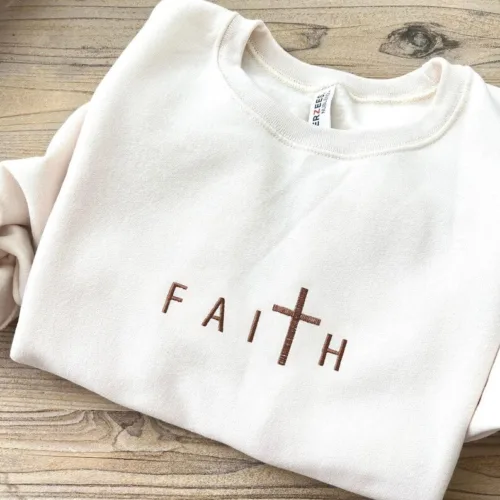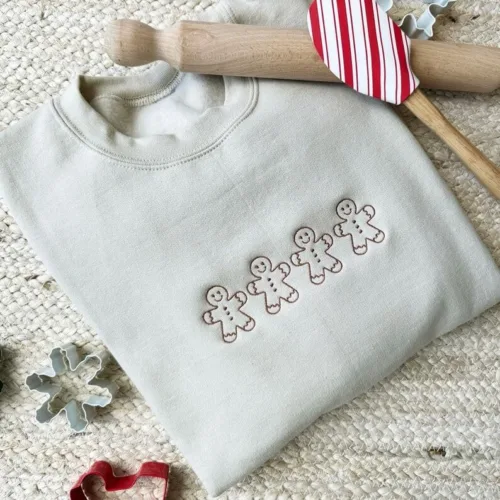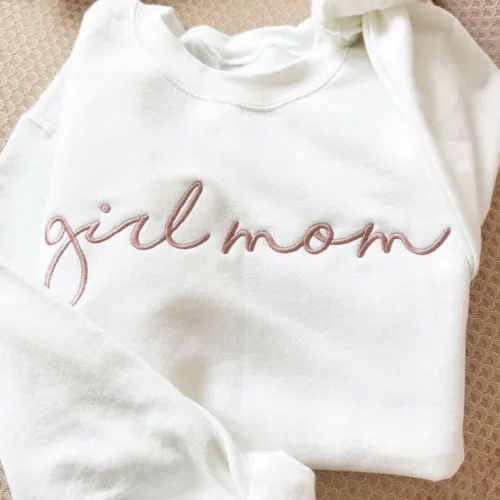The best discounts this week
Every week you can find the best discounts here.
Personalized Embroidered Hat, Custom Text, Custom Logo, Custom Your Image
Personalised Vintage Cap – Custom Embroidered Unisex Cotton Dad Hat with Personalized Text
Personalized Embroidered Cat Hat, Custom Dog Hat, Custom Hat Vintage Baseball
Custom Embroidered FAITH Crewneck Sweatshirt
Gingerbread Men Embroidered Sweatshirt
Girl Mom Personalized Crewneck Sweatshirt
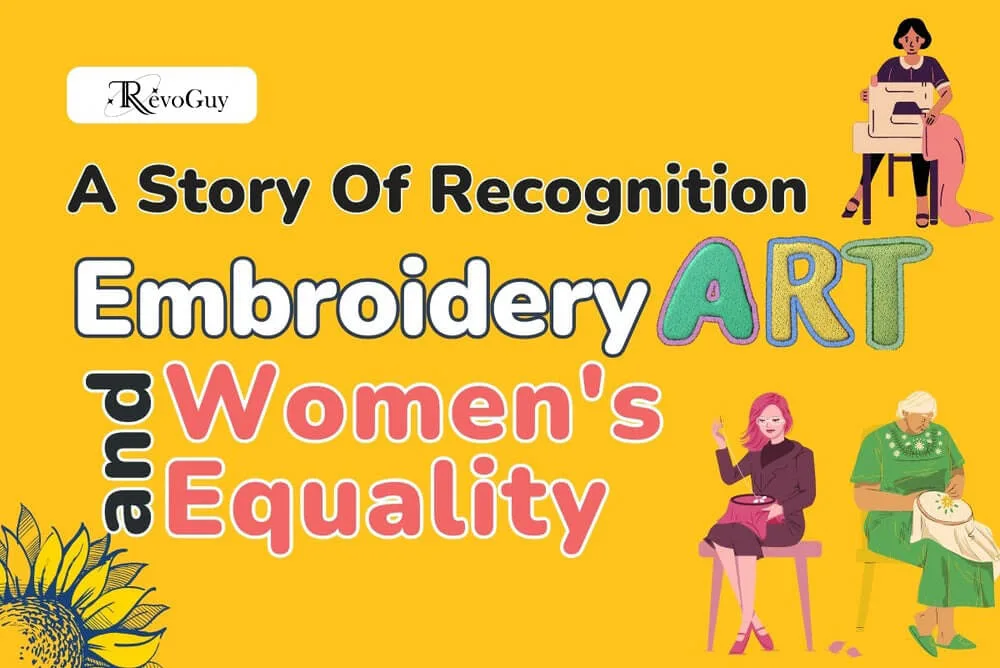
Table of Contents
The Beauty of Embroidery: Decorative Art in Thread
Embroidery—decorating fabric with needle and thread to create patterns or images—has existed for thousands of years. Despite its beauty and craftsmanship, it took a long time to be recognized as a legitimate art form.
For much of history, embroidery was dismissed as mere “women’s work,” rather than creative expression. This perception overlooked its deep cultural significance and artistic complexity. Over time, as views on gender and craft evolved, embroidery gradually gained the recognition it deserves in the art world.
Its origins stretch back to ancient civilizations across the globe. To truly understand embroidery’s path to artistic recognition, it’s important to explore the History of Embroidery and its enduring cultural legacy.
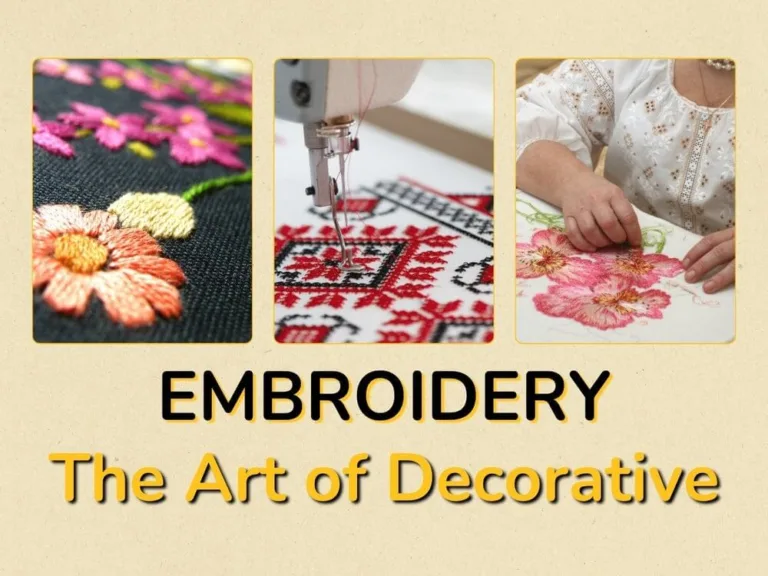
What Makes Embroidery an Art Form?
Like embroidery, the question of what counts as “art” has sparked a lot of debate. At its core, art is about creativity, skill, and expressing ideas. But for a long time, many people had narrow views of what qualified as art.
This limited perspective excluded many creative forms—embroidery included. Even though it uses the same artistic elements as painting or sculpture—like color, line, and design—it wasn’t taken seriously. Much of that bias came from the fact that embroidery was traditionally associated with women’s domestic work.
But embroidery actually embraces all the fundamental elements of art: line, shape, space, value (light and dark), form, texture, and color. In embroidery, stitches form lines, patterns create shapes, and raised threads add texture—just like brushstrokes in a painting.
More than just decoration, embroidery can tell stories, convey cultural heritage, and even express political messages. That ability to communicate powerful ideas and emotions is exactly what defines true art.
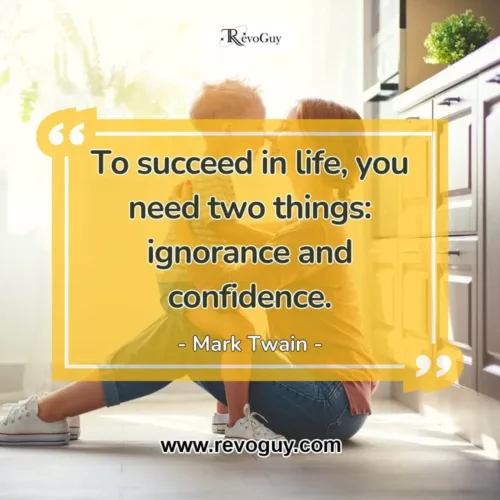
What Makes Embroidery an Art Form?
Embroidery’s journey to being recognized as art was long and complicated. For many centuries, it was dismissed as domestic work rather than creative expression. However, this perception began to shift during important cultural and historical moments.
Women’s Handmade Art
For many years, embroidery was seen only as a household task done by women. This belief kept it from being displayed in galleries or museums. While people valued it as a craft, they didn’t recognize it as a true form of artistic expression.
The Rise of Industry
The Industrial Revolution shifted views on embroidery. As machines took over the production of fabric and clothing, handmade embroidery stood out. People began to appreciate the craftsmanship and effort behind each hand-stitched design.
The Handmade Rebellion
In the 1800s, the Arts and Crafts movement gave embroidery new respect. William Morris, a leader of the movement, valued handmade work and even learned embroidery himself. This movement celebrated embroidery as a key traditional craft.
During this period, embroidery schools also began to appear. The Royal School of Needlework in England and The Society of Decorative Arts in the U.S. treated it as a serious art form. The Glasgow School of Art supported this by offering equal needlework education to both men and women.
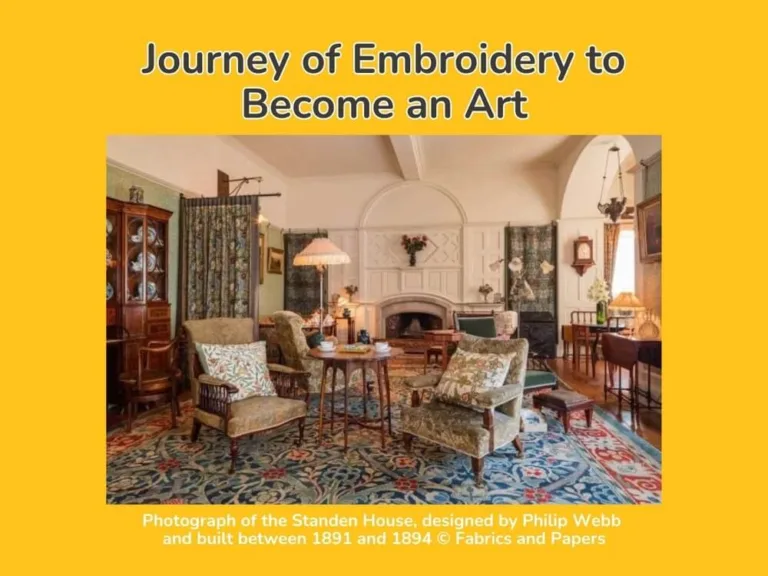
The Rise of Embroidery Art
In the 1960s, the women’s rights movement gave embroidery a fresh boost. Artists began using it to explore social and political topics, proving that embroidery could be a strong tool for expressing ideas.
This shift helped bring embroidery into museums and galleries. Artists used the medium for everything—from classic patterns to bold modern art. Major institutions like the Victoria and Albert Museum in London began showcasing embroidery exhibitions.
Today, embroidery is fully recognized as an art form. Artists of all genders now use it to create powerful, thoughtful pieces. After a long journey, embroidery has earned its place in the fine art world.
Embroidery as Textile Art
Embroidery art stretches across cultures and centuries. While traditional styles are now celebrated as valuable art forms, today’s artists continue to expand what embroidery can be.
Middle Eastern Threadwork
Tatreez (Palestinian) and Bedouin embroidery are now recognized for their deep cultural value. These styles feature vivid colors and intricate patterns that reflect heritage and identity. Today, artists use them to explore political and social themes in modern contexts.
Tatreez has become a powerful symbol of Palestinian culture and resistance, preserving history while expressing future hopes. Bedouin embroidery, known for its bold geometric designs, captures the spirit of a nomadic way of life.
Asian Threadwork
Indian Zardozi and Phulkari:
Once crafted for royalty, Zardozi features gold threads and gems in rich, elaborate designs. Today, it’s revived in modern fashion and art. Phulkari, rooted in Punjab, uses colorful silk threads to form bright geometric patterns. Both are now celebrated for their beauty and cultural depth.
Chinese Silk Embroidery:
Renowned for its delicate precision, Chinese silk embroidery often mimics the realism of paintings. This ancient craft continues to inspire contemporary textile artists around the world.
Japanese Sashiko:
Originally used to strengthen worn clothing, Sashiko stitches white thread into dark fabric, forming simple yet striking geometric patterns. Modern artists now adapt Sashiko to blend heritage with fresh, creative design.
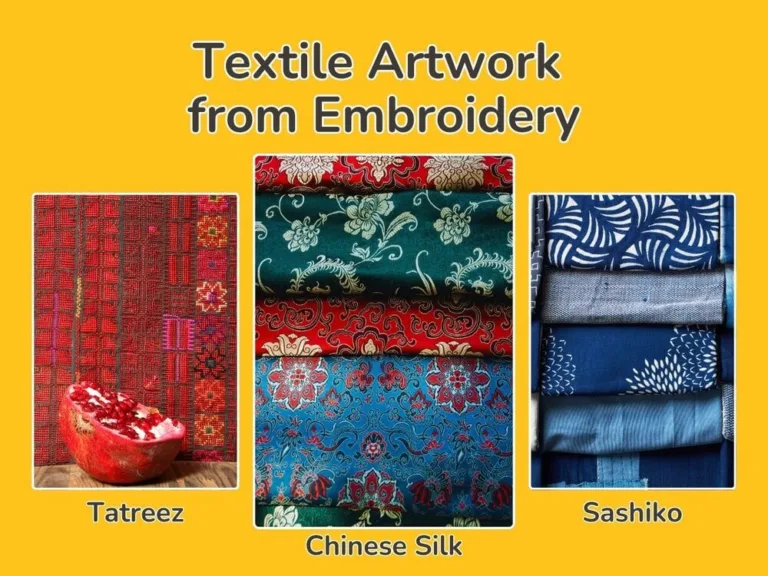
Embroidered Masterpieces in Museums
Modern artists are using embroidery in bold and innovative ways:
- Tracey Emin crafts embroidered quilts that share raw, personal narratives.
- Ana Teresa Barboza blends embroidery with mixed media to create 3D pieces exploring nature and the human form.
These and other artists show how embroidery keeps evolving as a powerful art form.
Its presence in major art institutions and its adoption by contemporary creators prove that this ancient craft is now seen as both historically rich and creatively modern.
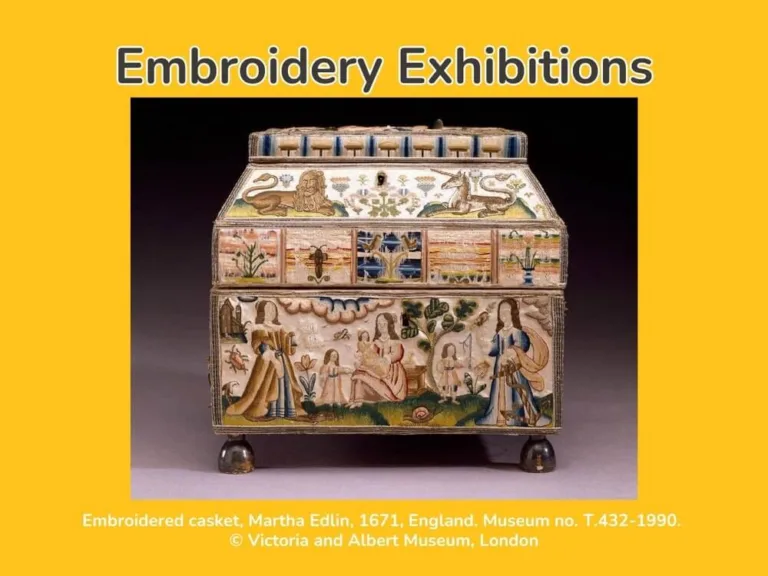
Threads of Empowerment
“Your life does not get better by chance, it gets better by change.” – Jim Rohn
Motivate your teenage son to take active steps toward improvement rather tha
The transformation of embroidery from a domestic task to a celebrated art form reflects broader social progress, particularly in the realm of gender equality. This change has unlocked new possibilities for creative expression and cultural dialogue.
Today, embroidery is recognized as a powerful medium for personal, social, and political storytelling. Its acceptance within the art world has expanded our understanding of both creativity and cultural heritage.
Looking ahead, embroidery continues to grow—blending traditional methods with modern ideas and technology. It remains a dynamic, meaningful form of art that connects the past with the present.
To explore more on this subject, check out:
Britannica’s detailed entry on embroidery
A scientific take on embroidery in art therapy
These resources offer valuable insights into embroidery’s historical roots, creative potential, and therapeutic applications.
n waiting for luck.
“The only failure is not trying.” – Robin Sharma
A powerful redefinition of failure that encourages your son to take risks without fear.
“The best preparation for tomorrow is doing your best today.” – H. Jackson Brown Jr.
Remind your teen that each day’s efforts build toward future success.
“You were born with wings, don’t crawl through life.” – Rumi
An inspirational push for your son to reach for his highest potential rather than settling for less.
“Fear is a liar; courage is your truth.”
Help your teenager see that his fears often misrepresent reality and bravery reveals his true capabilities.
How has embroidery art evolved from a craft to a recognized fine art form?
1. Why is embroidery considered an important art form today?
Embroidery is now recognized as a powerful medium for personal expression, cultural storytelling, and social commentary. Its rise in the art world is tied to several key developments:
Contemporary artists began using embroidery to explore identity, gender, and politics.
Feminist art movements reclaimed embroidery as a valid and meaningful form of artistic expression.
Museums and galleries now feature both historical and modern embroidery, elevating its status beyond domestic craft.
This shift reflects a broader redefinition of what counts as fine art, embracing diverse materials, voices, and traditions.
2. Which traditional embroidery styles are celebrated in modern art?
Many traditional embroidery styles are now appreciated for their artistic and cultural value. Examples include:
Tatreez (Palestinian): Tells stories of resistance and heritage through bold geometric patterns.
Zardozi (India): Features rich, gold thread designs once made for royalty.
Chinese silk embroidery: Famous for delicate, realistic images that resemble paintings.
Japanese Sashiko: A former mending technique that now influences minimalist and modern textile art.
These styles are admired for their craftsmanship and their deep ties to cultural identity.
3. How can someone begin exploring embroidery as an art form?
Starting embroidery is easy and rewarding. Here’s how you can begin:
Learn basic stitches: Try running stitch, satin stitch, and backstitch to get started.
Gather supplies: You’ll need embroidery hoops, needles, fabric, and colorful floss.
Use beginner patterns: Simple motifs help build confidence before moving to complex designs.
Experiment with textures and styles: Try mixing materials or learning global embroidery techniques.
Join a community: Online forums and local workshops are great for feedback and inspiration.
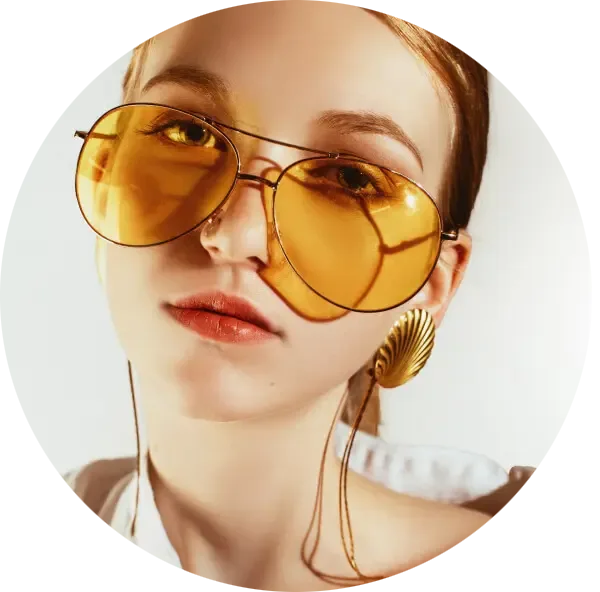
Sophia Williams
Meet Sophia Williams, the 26-year-old wordsmith behind RevoGuy LLC's heartwarming content. This self-taught writer turned her passion for family stories into a career, weaving tales of love and laughter from her bustling Wyoming home office. With six years in the content creation world, Sophia has mastered the art of making Gen X and millennials alike misty-eyed over their morning coffee. When she's not crafting the perfect emotional hook, you'll find her attempting DIY projects or coaching little league. Her gift-giving advice is significantly more reliable than her home improvement skills.
Recent Posts
Recent Comments
Archives
Categories
Categories
- Accessories (3)
- Christmas's Day (13)
- Custom Product (55)
- Halloween (5)
- Women (36)
- Sweatshirts & Hoodies (62)
Hottest Deals
-
Sale Product on sale
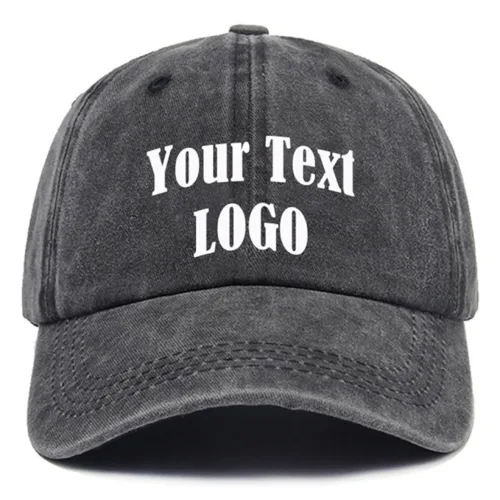 Personalized Embroidered Hat, Custom Text, Custom Logo, Custom Your Image
Personalized Embroidered Hat, Custom Text, Custom Logo, Custom Your Image$33.00Original price was: $33.00.$27.00Current price is: $27.00. -
Sale Product on sale
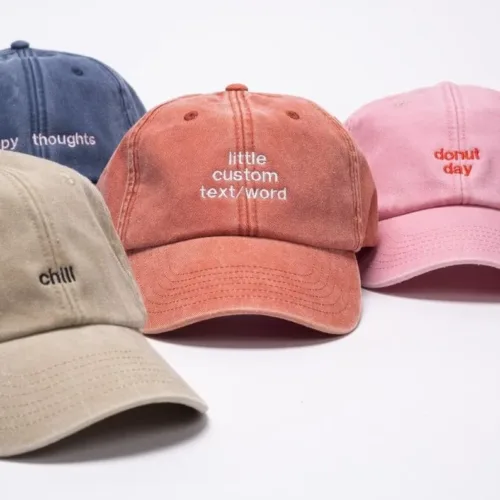 Personalised Vintage Cap - Custom Embroidered Unisex Cotton Dad Hat with Personalized Text
Personalised Vintage Cap - Custom Embroidered Unisex Cotton Dad Hat with Personalized Text$14.00Original price was: $14.00.$12.00Current price is: $12.00. -
Sale Product on sale
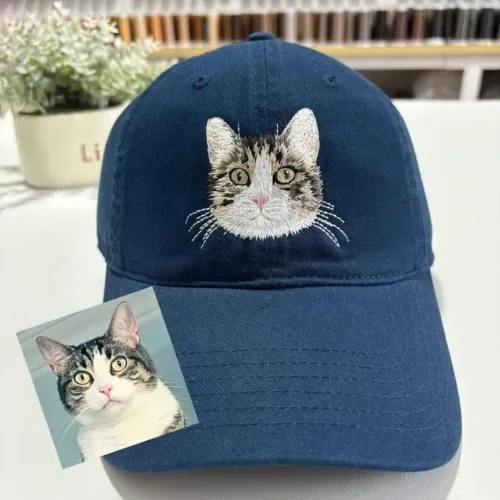 Personalized Embroidered Cat Hat, Custom Dog Hat, Custom Hat Vintage Baseball
Personalized Embroidered Cat Hat, Custom Dog Hat, Custom Hat Vintage Baseball$33.00Original price was: $33.00.$27.00Current price is: $27.00. -
Sale Product on sale
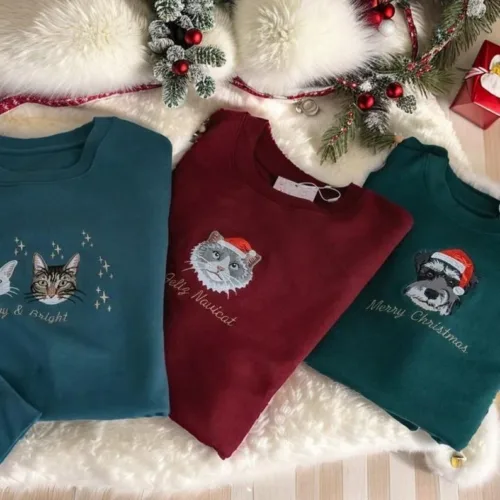 Christmas Edition Custom Pet Portrait Embroidered Sweatshirt$29.00 – $45.00
Christmas Edition Custom Pet Portrait Embroidered Sweatshirt$29.00 – $45.00

